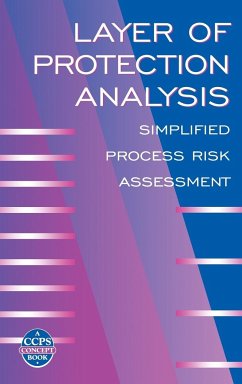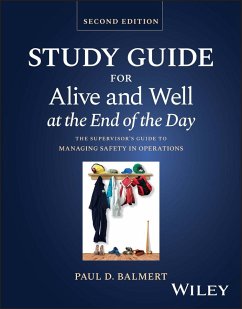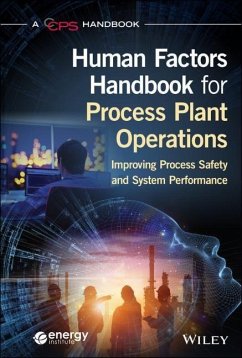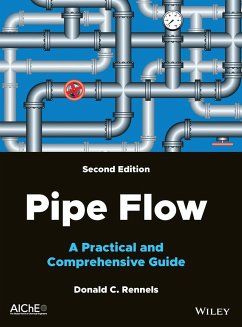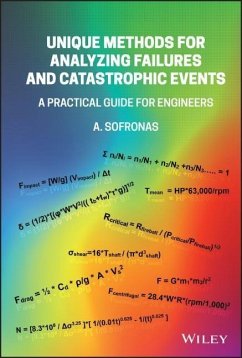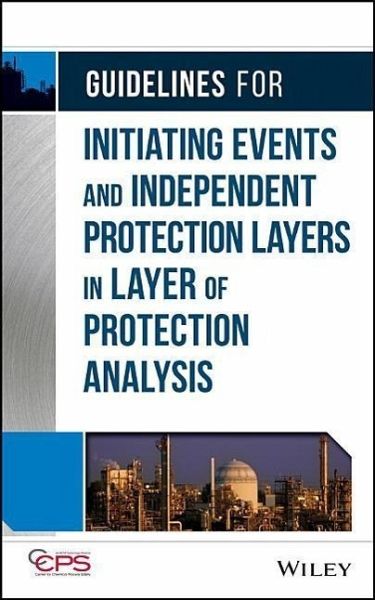
Guidelines for Initiating Events and Independent Protection Layers in Layer of Protection Analysis
Versandkostenfrei!
Versandfertig in 2-4 Wochen
124,99 €
inkl. MwSt.
Weitere Ausgaben:

PAYBACK Punkte
62 °P sammeln!
The publication provides process automation engineers, process engineers, facility operators, and safety professionals with the appropriate treatment and requirements applicable to equipment design, administrative procedures, or other credits that are treated as an independent protection layer from a Layer of Protection Analysis (LOPA) perspective.



